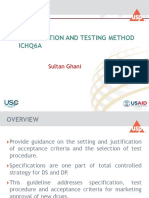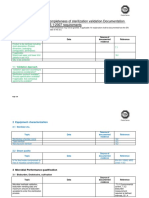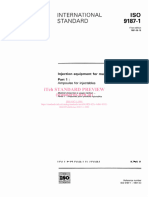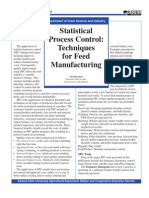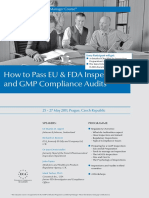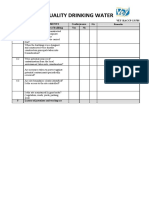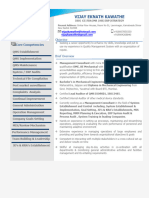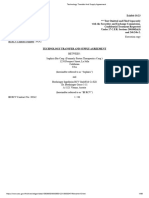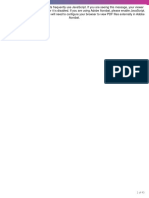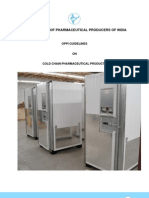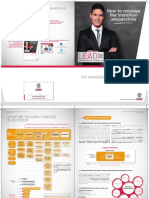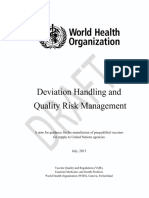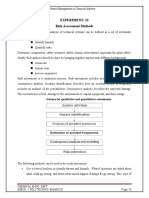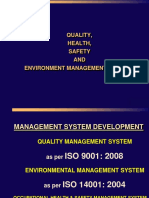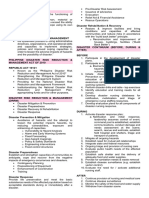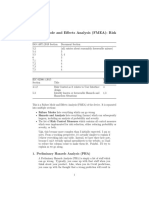0% found this document useful (0 votes)
106 views27 pagesGMP-Haccp Difference
However, quality issues like shelf life,
organoleptic properties are also addressed through
HACCP as they impact safety if not controlled
Quality issues like shelf life, organoleptic
properties if not controlled can impact safety
HACCP addresses both safety & quality as they
are interlinked
Quality defects can lead to safety issues if not
addressed
HACCP helps ensure consistent quality which in
turn ensures safety
Quality control procedures are part of HACCP
system
HACCP verifies effectiveness of quality control
procedures
Quality defects are potential hazards
Quality control procedures are CCPs
Uploaded by
ssfranciswongCopyright
© © All Rights Reserved
We take content rights seriously. If you suspect this is your content, claim it here.
Available Formats
Download as PDF, TXT or read online on Scribd
0% found this document useful (0 votes)
106 views27 pagesGMP-Haccp Difference
However, quality issues like shelf life,
organoleptic properties are also addressed through
HACCP as they impact safety if not controlled
Quality issues like shelf life, organoleptic
properties if not controlled can impact safety
HACCP addresses both safety & quality as they
are interlinked
Quality defects can lead to safety issues if not
addressed
HACCP helps ensure consistent quality which in
turn ensures safety
Quality control procedures are part of HACCP
system
HACCP verifies effectiveness of quality control
procedures
Quality defects are potential hazards
Quality control procedures are CCPs
Uploaded by
ssfranciswongCopyright
© © All Rights Reserved
We take content rights seriously. If you suspect this is your content, claim it here.
Available Formats
Download as PDF, TXT or read online on Scribd
/ 27

